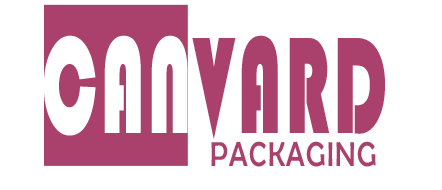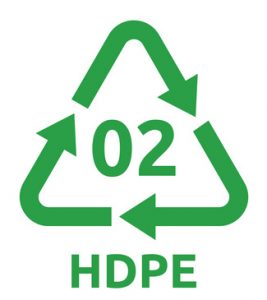7 types of plastic material you have to know when buy plastic bottle
Nowadays, there are various types of plastic bottles on the market. Consumers are dazzled. Some customers worry about the compatibility of bottles for their products, and some customers worry about the environmental protection of plastic bottles.
As the company’s sense of social responsibility increases, Many brands require or only accept recyclable plastic bottle packaging, so how to choose a high-quality plastic bottle that suits you is worth studying. Now I will provide you with several methods for your reference.
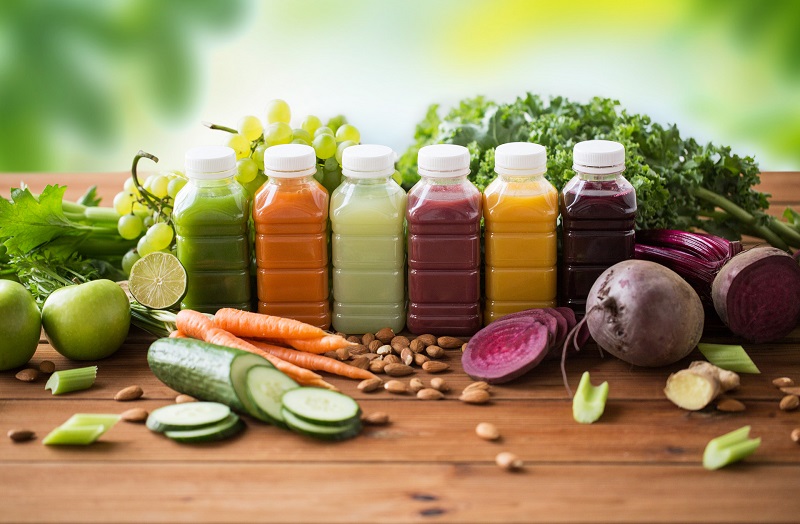
what does these number means?
In the first step, we first look at the material of the bottle. The material is very particular. Different materials can hold different products, and there are certain compatibility issues. Usually there is a label framed by a triangle symbol on the bottom of the bottle. The triangle formed by the three arrows means that the material of the bottle is ‘recyclable’, but this does not mean that it can be reused. Each bottle has its corresponding plastic bottle material type label, which is 1, 2, 3, 4, 5, 6, 7, and each number represents a type of material. If the product is made of several different materials, then what is marked is its main material. Identifying different numbers is to facilitate classification and recycling, and has nothing to do with the “safety” of the bottle. So what does this number mean?
Meaning of number 1, PET
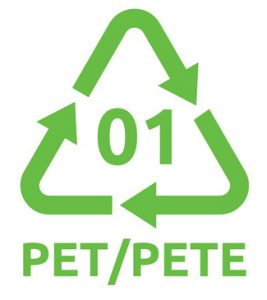
The number 1 in the triangle at the bottom of the plastic bottle: PET polyethylene terephthalate, commonly used for mineral water bottles, carbonated beverage bottles, shampoo bottles, shower gel bottles, alcohol disinfectant bottles, etc. It is well known that beverage bottles made of this material cannot be filled with hot water. They are only suitable for warm or frozen drinks. The bottle is easily deformed if it is filled with high-temperature liquid, and releases harmful substances to the human body. It is not suitable Long-term repeated use or containing acidic substances.
Meaning of number 2, HDPE
The number 2 in the triangle at the bottom of the plastic bottle: HDPE high-density polyethylene, common used for medicine bottles, cleaning bottles, laundry detergent bottles, body wash bottles, shampoo bottles, disinfection bottles, plastic bags, etc.,It can withstand 110 ℃ high temperature. Plastic containers containing cleaning and bath products can be used after careful cleaning, but they are often not easy to clean and leave residues, thus becoming a breeding ground for bacteria, so it is not recommended to use them repeatedly for a long time.
Meaning of number 3, PVC
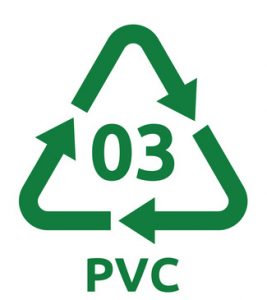
The number 3 in the triangle at the bottom of the plastic bottle: PVC polyvinyl chloride, common used for raincoats, building materials, plastic film, plastic boxes, pesticide bottles, etc., this kind of material has excellent plasticity and is cheap, so it is more commonly used. However, their heat-resistant temperature is low, and harmful substances may be released during high-temperature decomposition. They are even released during the manufacturing process. After toxic substances enter the human body with food, they may cause breast cancer, birth defects and other diseases in newborns. At present, containers of this material have been less used for packaging food.
Meaning of number 4, LDPE
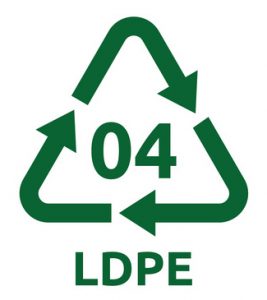
The number 4 in the triangle at the bottom of the plastic bottle: LDPE polyethylene low-density polyethylene, common used for cling film, etc. Do not wrap the cling film on the surface of the food and put it into the microwave because its heat resistance is not strong. Usually, qualified PE cling film is encountered when the temperature exceeds 110°C, hot melting will occur, leaving some plastic preparations that cannot be decomposed by the human body. In addition, when food is wrapped with plastic wrap and heated, the fat in the food can easily dissolve harmful substances in the plastic wrap. Therefore, when food is put into the microwave oven, the wrapped plastic wrap must be removed first.
Meaning of number 5, PP
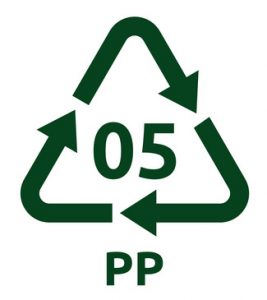
The number 5 in the triangle at the bottom of the plastic bottle: PP polypropylene, common ly used for soy milk bottles, yogurt bottles, juice drink bottles, microwave lunch boxes. With a melting point of 167°C, it is the only plastic box that can be placed in a microwave oven and can be reused after careful cleaning. It should be noted that some microwave lunch boxes, the box body is made of No. 5 PP, but the lid is not made of No. 5 PP, so it cannot be put into the microwave together with the box body. To be safe, remove the lid of the container before putting it in the microwave.
Meaning of number 6, PS
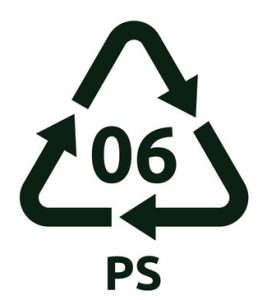
The number 6 in the triangle at the bottom of the plastic bottle: PS polystyrene, commonly used for bowls of instant noodle boxes and fast food boxes. Do not put it in a microwave oven to avoid the release of chemicals due to high temperature. After loading acids (such as orange juice) and alkaline substances, carcinogens will be decomposed. Avoid using fast food boxes to pack hot food. Don’t use the microwave to cook instant noodles in a bowl.
Meaning of number 7, PC
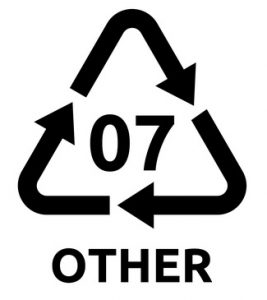
The number 7 in the triangle at the bottom of the plastic bottle: PC or other types, commonly used for water bottles, space cups, and baby bottles.It is easy to release the toxic substance bisphenol A, which is harmful to the human body. The water bottle marked with 7 must see whether there is a mark of BPA free (BPA free). Generally, merchants will mark it as a selling point. Found on the body or bottom of the bottle. Do not heat it when using it, and do not expose it to direct sunlight. The common drinking water plastic bottles on the market have been tested by the state and can be used safely.
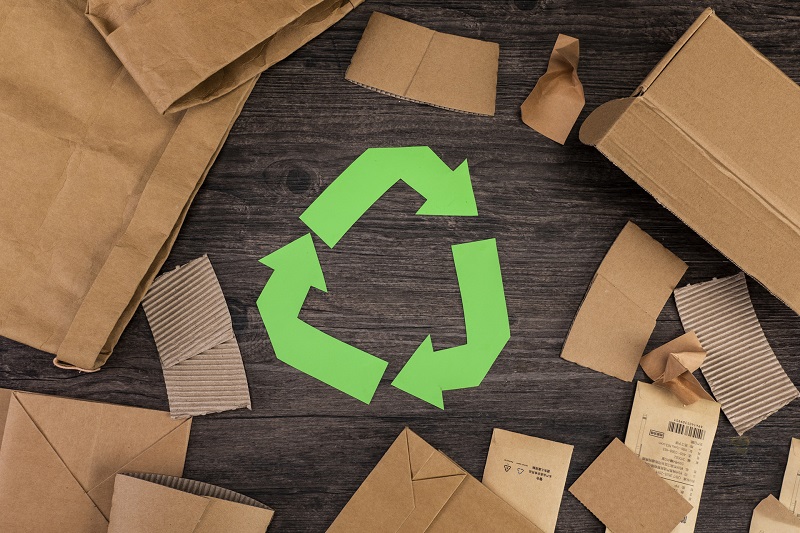
In summary, Consumers should try to avoid repeated use of aging and easily deteriorated plastic utensils, and it is best not to reuse beverage bottles for multiple times, otherwise bacteria will easily breed and there will be health risks.
Canvard Packaging Factory reminds consumers that when using plastic containers, they must read the numbers marked in the triangle at the bottom of the bottle. Only when they understand the properties of the materials can they be used in a suitable environment. What is especially important is that Plastic waste is returned to the furnace and recycled products.
Welcome to share your comment
